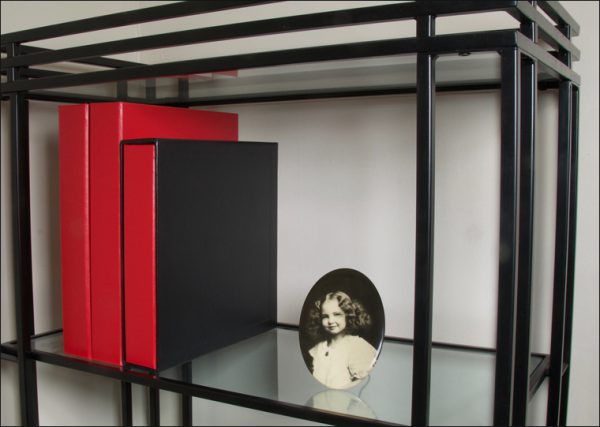

Location Matters!
Many people store old belongings and family photos and heirlooms in their basements and attics. If you are one of those people, we want to convince you to relocate them to a safer alternative in your living space. First, we will look at why basements, attics, and garages are bad places to store valued collections.
Basement storage presents many potential water-based hazards: leaky pipes, leaky water heaters, overflowing washing machines and laundry sinks, backed up pipes, and flooding.


Ice dams and roof leaks can cause water damage to old photos, heirlooms, wedding dresses, toys, books, and other collections stored in your attic.
Insects, rodents, and unwanted animals can take up residency and go unnoticed in attics, basements, and garages because they are often spaces we don’t spend much time in. These creatures can do a lot of damage to collections of all kinds.

Temperature and humidity extremes and fluctuations are another threat to artifacts stored in basements and attics. A consistent temperature below 75 degrees Fahrenheit (24 degrees Celsius) is preferred. The lower the temperature the longer your items will last, because cooler temperatures slow the rate of chemical decay and reduce insect activity.
Best Practices for Archival Storage
First, relocate your archival materials out of basements, attics, and garages as soon as possible. Do this even if you are not ready to invest in archival storage supplies! Next, store them in archival boxes and binders out of direct sunlight. Keep them on a shelf or in a closet in your living space where the risks of water damage and wide temperature and humidity swings are significantly reduced.
Storing Books, Album, and Photographs
For family photo albums, consider one of our Book Storage Kits. If you don’t see the size you need you can order a ten pack of Polyethylene Bags and whichever size Metal Edge Box fits your needs. Our acid-free Metal Edge Boxes are made in our Rochester, NY facility. They come in tan, gray, and black, and in a large assortment of sizes.
Options for preserving individual old photos include placing them in acid-free 3-Ring Binder Pages and Archival Binders, or in an acid-free Drop Front Box.

Storing Textiles
For wedding dresses, quilts, military uniforms, baby clothes, and other textiles consider moving them to your living space in an all-in-one Textile Storage Kit, and whatever assortment of additional Archival Boxes and Archival Tissues will best fit your needs.
Storing Newspapers and Magazines
Many family collections contain old magazines and newspapers. Protect these heirlooms with a Newspaper & Magazine Storage Kit. Or order a la carte from the various sizes and styles of Polyethylene Bags, Enclosures, and Metal Edge Boxes to match the size and shape of your materials.
In closing, the broad categories above illustrate just a few of the different types of old photos and family heirlooms that are often found in attics and basements. Combining the perfect archival product ensembles for your particular needs, and then storing these items in your living space, will offer the peace-of-mind of knowing that your heirlooms are safe and sound for generations to come.
If you would like more information on the archival storage and presentation products that are right for you, please contact us. We’re always there to help with any archiving, storage, or presentation questions you may have.



